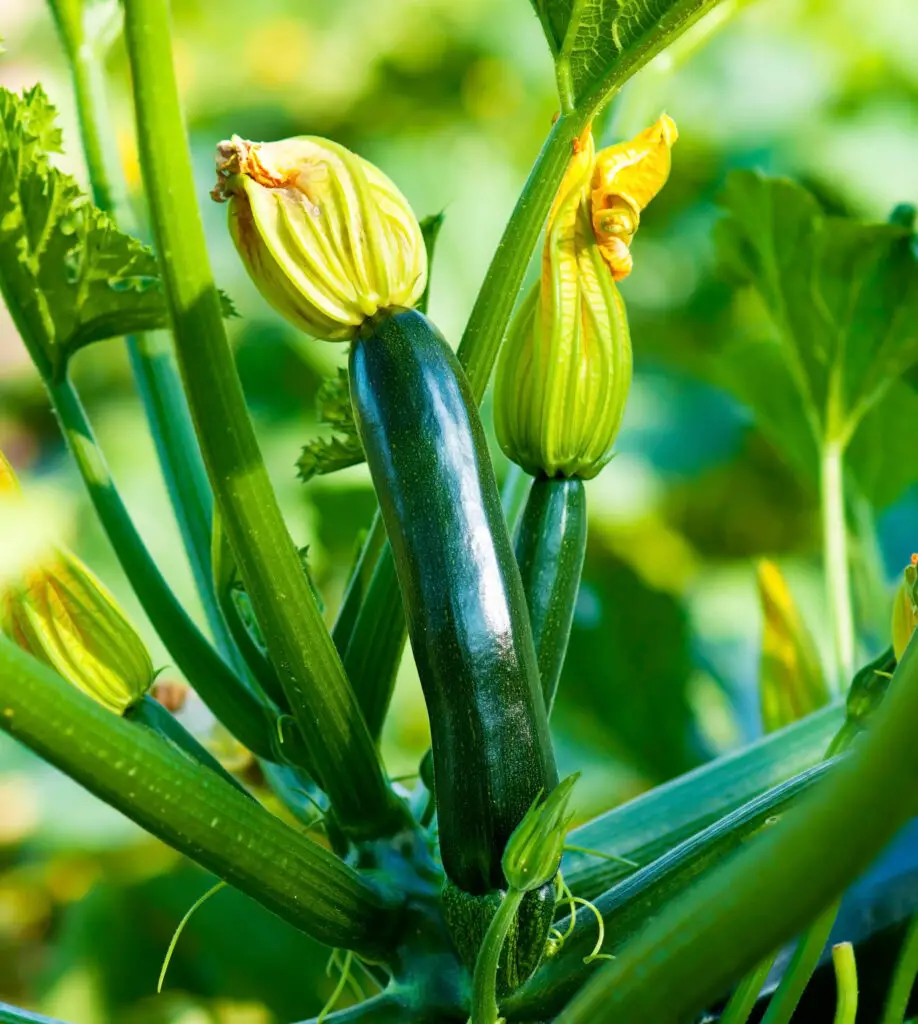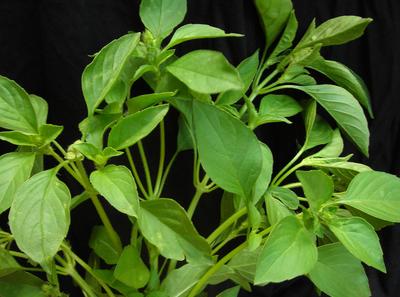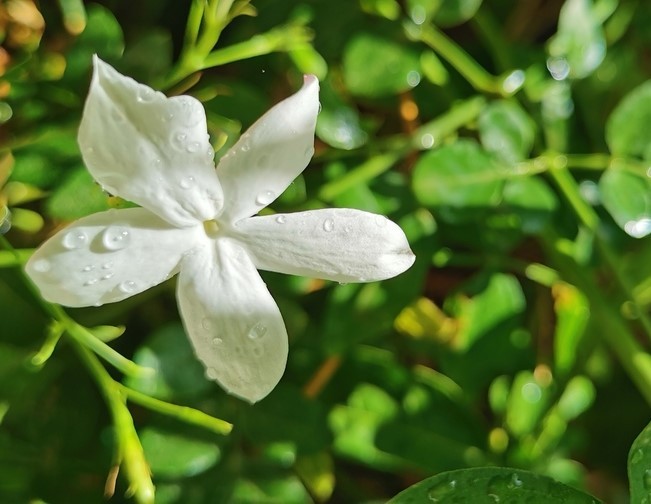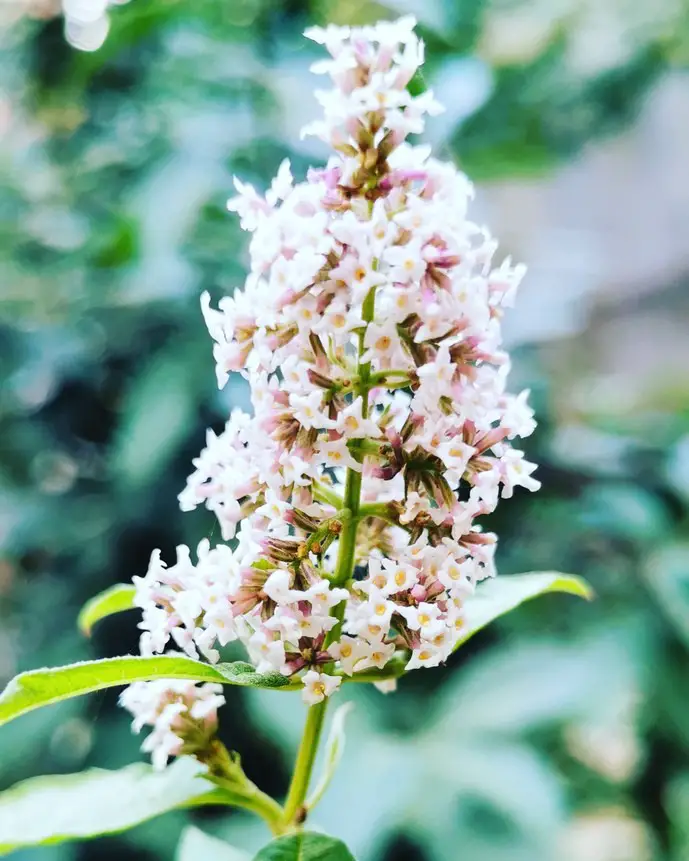Edamame beans are whole, immature soybeans in pods. These beans originated in East Asia. They can be used a lot for so many different dishes, especially in Japanese cuisine. They are so delicious, I genuinely love them. That’s why I have to share the information on how to harvest and collect edamame seeds to plant next year.
It is not so difficult to grow edamame beans. They require a certain level of care, but, yet, all plants do, right? Even if you’re new to the plant world, planting edamame is very simple.
Now, if you’ve already planted your beans, and loved them of course because they are just yummy, and want to keep reproducing them for next year for FREE without having to purchase new seeds; I’m here to tell you that the steps of collecting and harvesting edamame seeds are easy. It might take a little bit of your time, but not really!
In this article, I will introduce to you how to grow edamame beans for seeds to plant next year. This method is straightforward even if you’re a beginner you can do it with your eyes closed.
Grow Edamame for Seeds
The process of growing edamame for seeds follows the same method of growing it for food. There is only one small detail that I will discuss and explain very well.
Normally, the perfect time to harvest soybeans for food is when the pods are bright green. However, if the harvest time is delayed, the pods turn yellow and then start to obtain a brownish color.
While growing your beans, you can decide whether to harvest them to be eaten or for seeds. One way to do that is to let your beans grow for much longer than the ones you usually harvest for food.
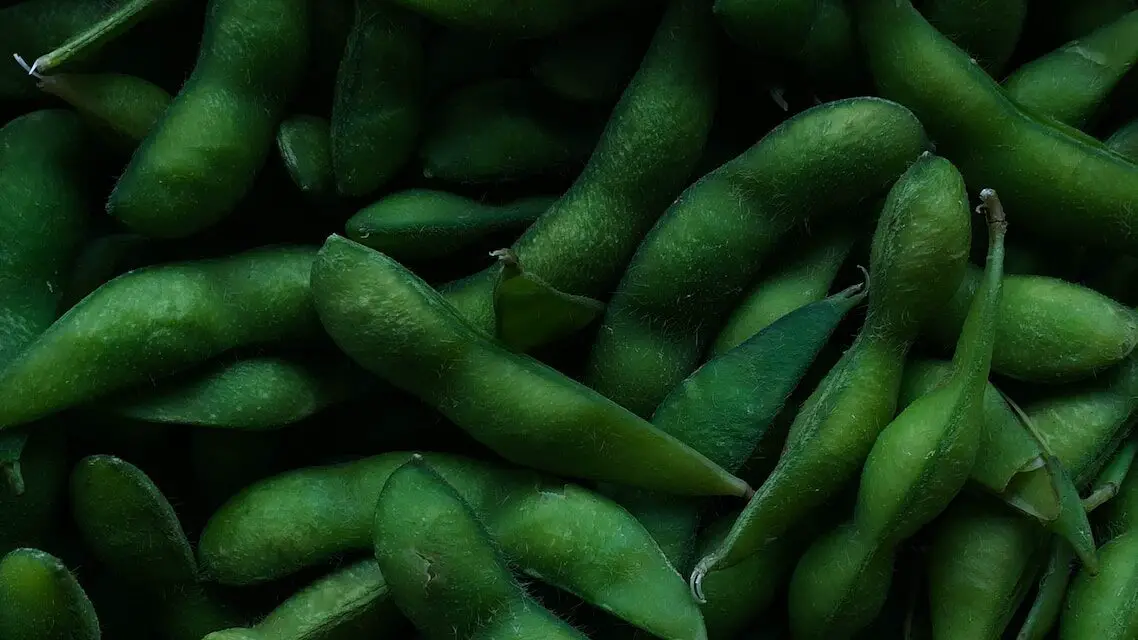
These soybean plants will eventually die anyway, so you might take advantage of that. Harvest the amount you desire to use in the kitchen and leave a few beans hanging in there until the plant dies. When it completely turns brownish, that means that your edamame beans are ripe enough to be collected as seeds.
That’s something special about soybeans. Its seeds will only work if you let the plant die in the soil naturally.
Collecting Edamame Seeds
Once the plant dies and you harvest your dead edamame beans. Remove the beans from the pods
The beans inside should look healthy and green.
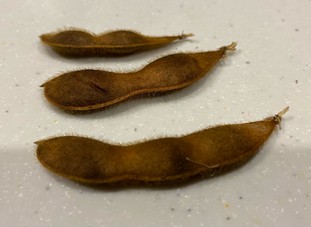
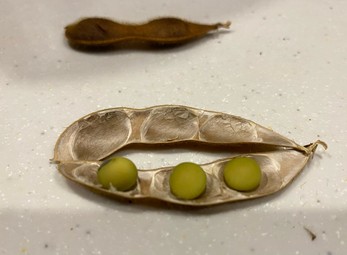
Here’s an additional piece of information you did not ask for, soybeans are not edamame. However, they can be used for the same purpose. But according to Japanese cuisine (which I trust) states that, for example, tofu made from soybeans is different from one made out of edamame beans.
But to a certain extent, these two beans are used interchangeably. So the closest answer is edamame bean is a type of soybean.
Note
Depending on the variety and quality of the seeds you planted at the beginning will determine the type of beans you will have for next year as well. What I mean to say is that the quality does not change. The same taste will remain.
Dry the Edamame Seeds
Unlike other seeds such as squash and zucchini, edamame seeds don’t need to be washed. You can directly put them in a dry place, not packed, separated away from humidity.
Leave them there for a couple of days or even just one day. Then, after that, store them in a container or a plastic bag. And voila! your edamame seeds are ready to be used next year.
From the recent patch I used, I collected 50 seeds. This should be enough for next year to fill my whole garden.
Conclusion
The collection process of edamame seeds is very simple and easy compared to other vegetables. You don’t have to do anything but give it time.
Now, next early summer you can start your plantation and seedling process and enjoy your edamame beans again. Even next year, you can repeat the same method of collecting the seeds and have an endless production of edamame beans FOREVER! That seems so intriguing. You also have nothing to lose, on the contrary, you’d be gaining more.

